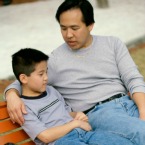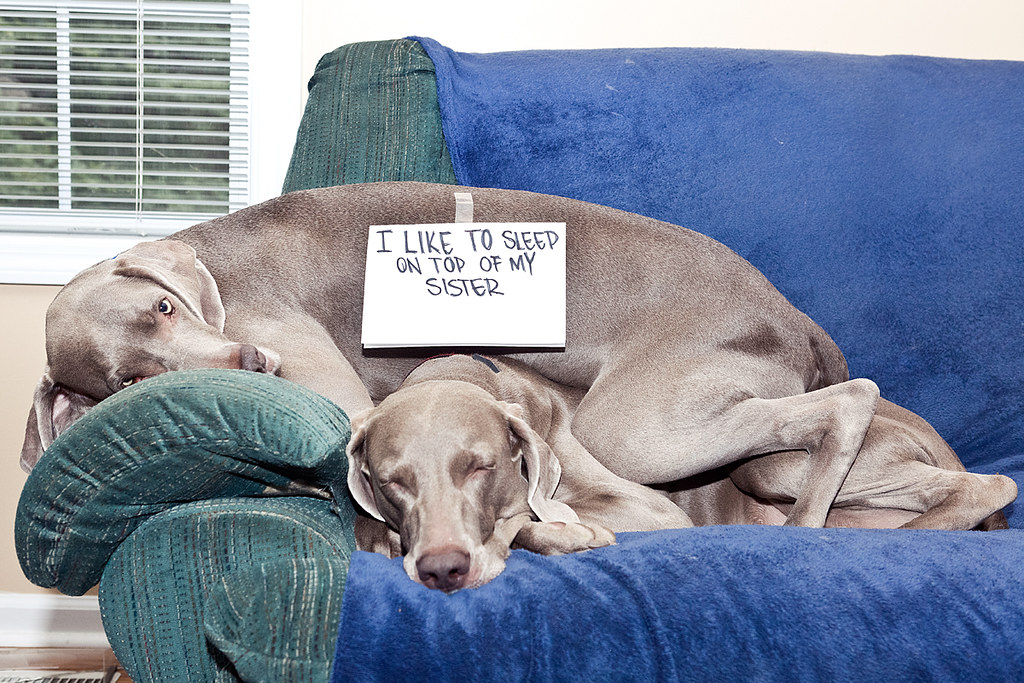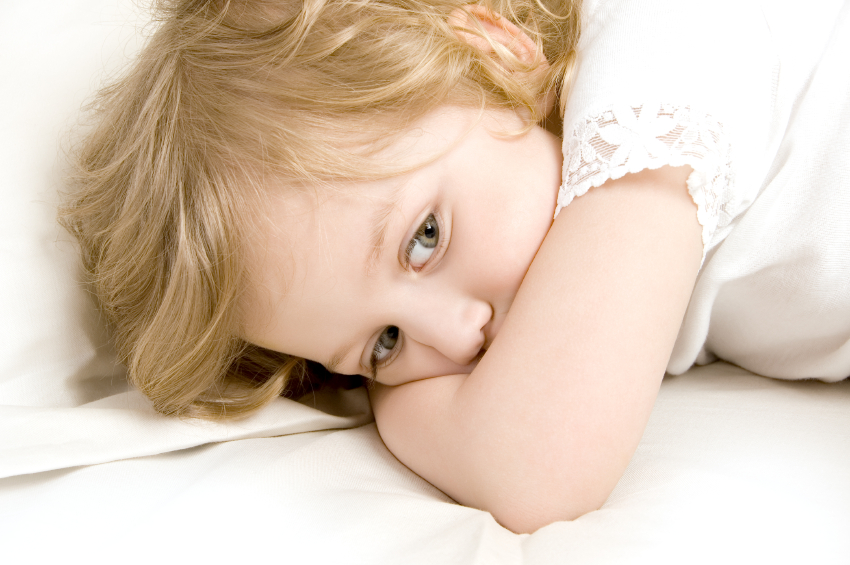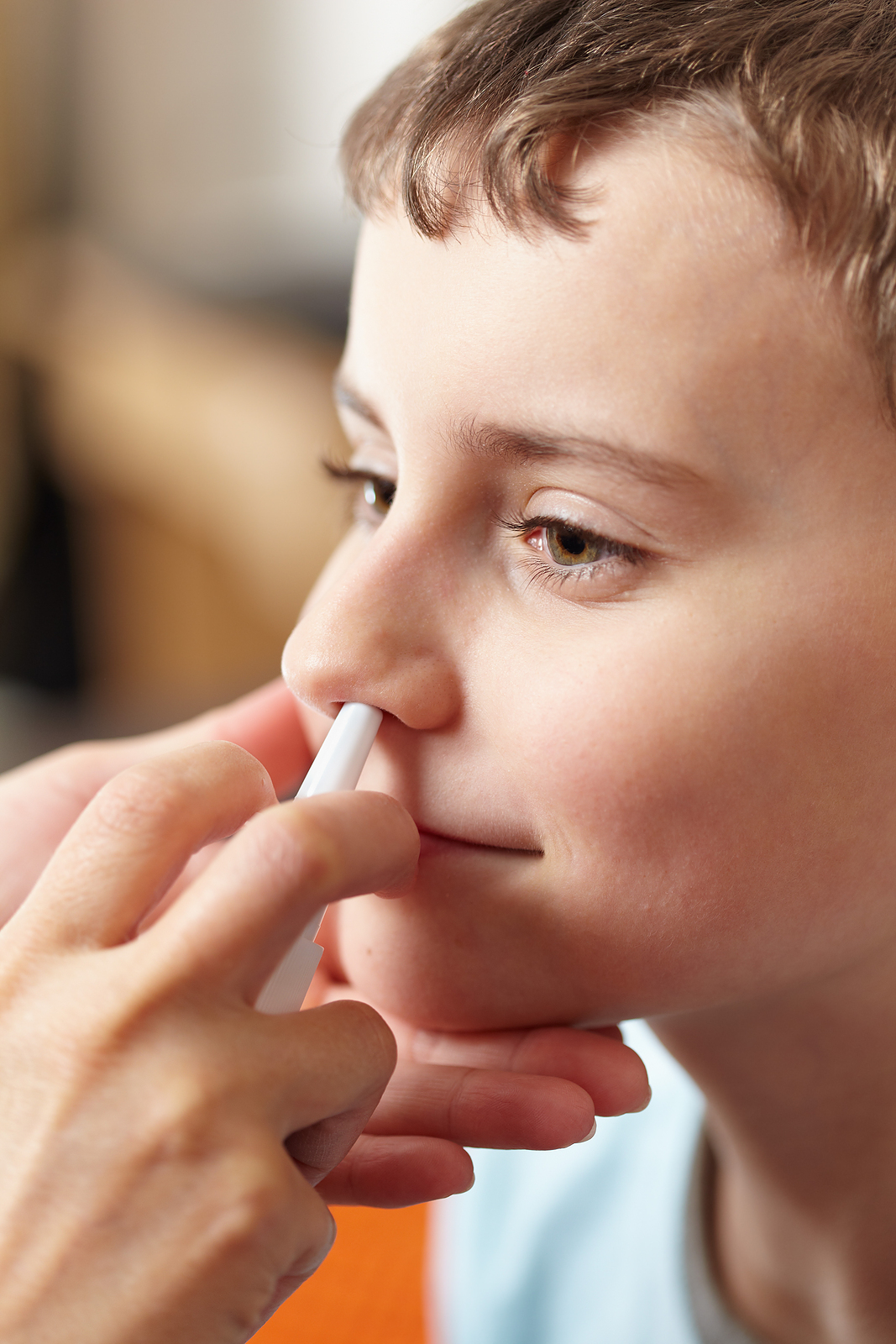
Research shows that above average vision as early as nine months old could be indicative of autism.
Exceptional visual perception might be an early hallmark of autism, which could help predict a child will be diagnosed with the developmental disability, a new British study suggests.
Infants who more quickly perceived a mismatched symbol on a screen when they were 9 months old were more likely to receive an autism diagnosis by age 2, the researchers found.
"Although atypical perception, such as better visual search and hypersensitivity to sounds, are common in autism, they were rarely considered as a core feature in early development," said study lead author Teodora Gliga of Birkbeck Babylab at the University of London. "Our finding is therefore striking since it strongly suggests atypical perception may be a driving force of later poor social interaction and communication symptoms."
Most autism research to date has focused on difficulties children have with social interactions, behavior and communication, such as poor eye contact, the authors noted in their study. Focusing on above-average perceptual skills is a new direction to research.
These findings might also help clinicians eventually make diagnoses earlier since most children cannot receive a full clinical assessment until they are 2 or 3 years old, said study co-author Rachael Bedford, a postdoctoral researcher in psychiatry, psychology and neuroscience at King's College London.
"It is difficult to know whether early impairments, such as communication difficulties, are specific to autism development, or might actually relate to a range of different developmental disorders," Bedford said. "Our finding that infants' superior perceptual abilities relate to autism might offer a more selective target for screening."
This is the first time an enhanced early ability relates to early autism symptoms, she added.
The findings were published June 11 in the journal Cell Press.
It's estimated that one in 68 U.S. children has an autism spectrum disorder. While there is no cure, early identification and services can improve a child's development, according to the U.S. Centers for Disease Control and Prevention.
For the experiment, the researchers presented 109 infants with a screen showing a circle of Xs along with either an O, S, V or + sign as part of the circle. Then they used eye-tracking technology to time how quickly the odd letter out drew the infants' attention at 9 months of age.
The infants also underwent standard assessments for autism symptoms at 9 months, 15 months and 2 years. Of the full group, 82 were at high risk for autism because an older sibling had been diagnosed with it. The other 27 children were at low risk.
By the time they turned 2 years old, 20 percent of the at-risk children had been diagnosed with autism, and another 30 percent showed several increased symptoms of autism, the researchers said.
When the researchers compared the children's speed at noticing the letter that did not match the Xs, they found that children who saw it the fastest at 9 months old had more autism symptoms at 15 months and 2 years old.
"People with autism have both difficulties and strengths compared to the rest of us," Gliga said. "We know some of the difficulties can be detected fairly early in life, but this study shows that unusual strengths can also be seen in infants."
This doesn't mean that every eagle-eyed infant will develop autism. While the study shows an association between a superior visual skill and later autism, it cannot show that children with exceptional visual perception will definitely develop autism, cautioned Dr. Glen Elliott, chief psychiatrist and medical director of Children's Health Council in Palo Alto, Calif.
"It is far too early to tell whether this methodology will lead to earlier diagnosis of children at risk for development of autism," said Elliott, who was not part of the research. "The sample size is too small and too narrow to permit generalizations about the utility of the technique, and much more information is needed for a diagnosis of autism spectrum disorder."
That additional information reduces the chance that someone with autism is missed or that someone without autism is incorrectly diagnosed with it. At the same time, he added, this method is simple and noninvasive, making it valuable if the findings hold up in future studies and in the real world.
"This discovery potentially allows us to design future therapies around these infants' strengths in order to enhance the later quality of life for individuals with the condition," Gliga said.
The study was funded by Britain's Medical Research Council.
 I am hoping I can take you up on your offer of assistance for children impacted by the flooding. We have a 15 year old girl with cerebral palsy who has lost her wheelchair and bed.
I am hoping I can take you up on your offer of assistance for children impacted by the flooding. We have a 15 year old girl with cerebral palsy who has lost her wheelchair and bed. 
















